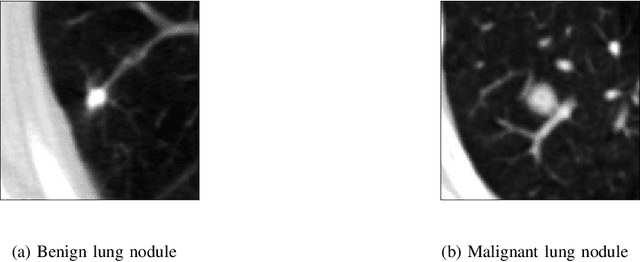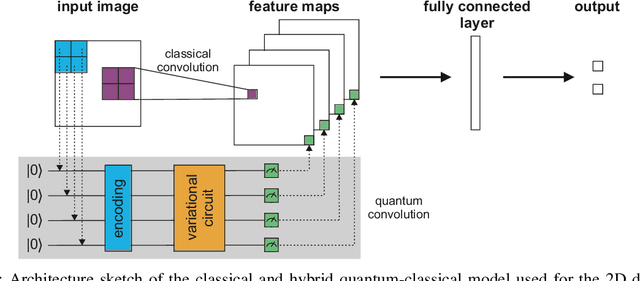Maureen Monnet
AI-Driven Approaches for Glaucoma Detection -- A Comprehensive Review
Oct 21, 2024Abstract:The diagnosis of glaucoma plays a critical role in the management and treatment of this vision-threatening disease. Glaucoma is a group of eye diseases that cause blindness by damaging the optic nerve at the back of the eye. Often called "silent thief of sight", it exhibits no symptoms during the early stages. Therefore, early detection is crucial to prevent vision loss. With the rise of Artificial Intelligence (AI), particularly Deep Learning (DL) techniques, Computer-Aided Diagnosis (CADx) systems have emerged as promising tools to assist clinicians in accurately diagnosing glaucoma early. This paper aims to provide a comprehensive overview of AI techniques utilized in CADx systems for glaucoma diagnosis. Through a detailed analysis of current literature, we identify key gaps and challenges in these systems, emphasizing the need for improved safety, reliability, interpretability, and explainability. By identifying research gaps, we aim to advance the field of CADx systems especially for the early diagnosis of glaucoma, in order to prevent any potential loss of vision.
Towards Human-Interpretable Prototypes for Visual Assessment of Image Classification Models
Nov 22, 2022Abstract:Explaining black-box Artificial Intelligence (AI) models is a cornerstone for trustworthy AI and a prerequisite for its use in safety critical applications such that AI models can reliably assist humans in critical decisions. However, instead of trying to explain our models post-hoc, we need models which are interpretable-by-design built on a reasoning process similar to humans that exploits meaningful high-level concepts such as shapes, texture or object parts. Learning such concepts is often hindered by its need for explicit specification and annotation up front. Instead, prototype-based learning approaches such as ProtoPNet claim to discover visually meaningful prototypes in an unsupervised way. In this work, we propose a set of properties that those prototypes have to fulfill to enable human analysis, e.g. as part of a reliable model assessment case, and analyse such existing methods in the light of these properties. Given a 'Guess who?' game, we find that these prototypes still have a long way ahead towards definite explanations. We quantitatively validate our findings by conducting a user study indicating that many of the learnt prototypes are not considered useful towards human understanding. We discuss about the missing links in the existing methods and present a potential real-world application motivating the need to progress towards truly human-interpretable prototypes.
Quantum-classical convolutional neural networks in radiological image classification
Apr 26, 2022



Abstract:Quantum machine learning is receiving significant attention currently, but its usefulness in comparison to classical machine learning techniques for practical applications remains unclear. However, there are indications that certain quantum machine learning algorithms might result in improved training capabilities with respect to their classical counterparts -- which might be particularly beneficial in situations with little training data available. Such situations naturally arise in medical classification tasks. Within this paper, different hybrid quantum-classical convolutional neural networks (QCCNN) with varying quantum circuit designs and encoding techniques are proposed. They are applied to two- and three-dimensional medical imaging data, e.g. featuring different, potentially malign, lesions in computed tomography scans. The performance of these QCCNNs is already similar to the one of their classical counterparts -- therefore encouraging further studies towards the direction of applying these algorithms within medical imaging tasks.
 Add to Chrome
Add to Chrome Add to Firefox
Add to Firefox Add to Edge
Add to Edge